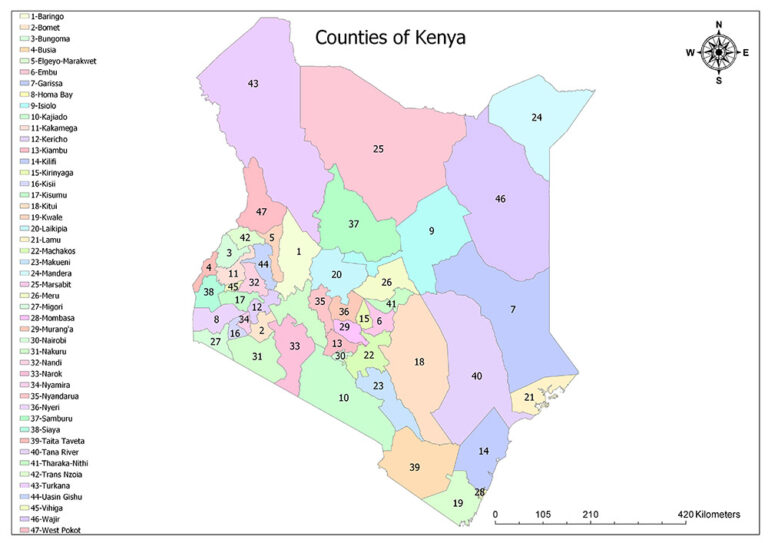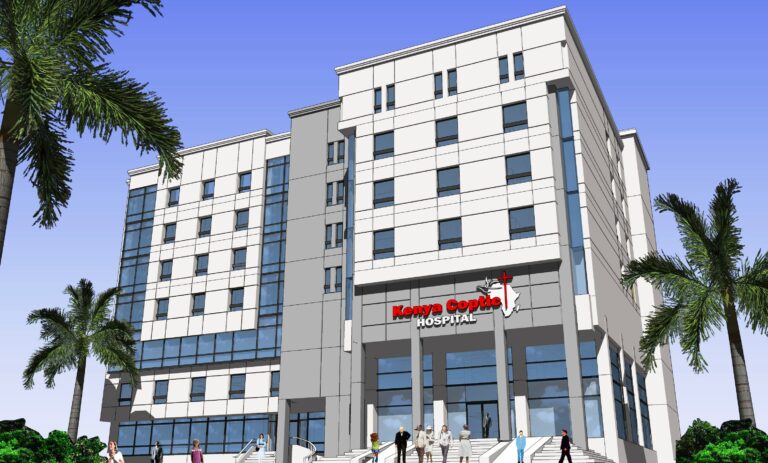Tribes in Kenya: List of Tribes in Kenya and Their Population
What are the Tribes in Kenya? Kenya, also known as the Republic of Kenya, is a country in East Africa. Kenya is the world’s 48th-largest country by area. With a population of more than 47.6 million according to the 2019 census, The world’s 27th most populous nation is Kenya. The oldest, second-largest city and capital…
What are the Tribes in Kenya? Kenya, also known as the Republic of Kenya, is a country in East Africa. Kenya is the world’s 48th-largest country by area. With a population of more than 47.6 million according to the 2019 census, The world’s 27th most populous nation is Kenya. The oldest, second-largest city and capital of Kenya is Mombasa, a coastal city.
Nairobi is the country’s capital and largest city. The third-largest city and inland port on Lake Victoria is Kisumu City. Nakuru and Eldoret are two other significant urban centers. After South Africa and Nigeria, Kenya has the third largest economy in sub-Saharan Africa as of 2020.
Kenya is bordered to the northwest by South Sudan, to the north by Ethiopia, to the east by Somalia, to the west by Uganda, to the south by Tanzania, and to the southeast by the Indian Ocean.
Its topography, climate, and population are all very different, from deserts to enormous woods, wildlife, and agricultural regions, to chilly, snow-capped mountaintops to temperate climates in western and rift valley counties and dry less fertile arid and semi-arid areas and absolute deserts. Like every other African country Kenya is blessed with different languages and tribes.
List of Tribes in Kenya and Their Population
Kenya’s ethnic variety, which includes more than 40 tribes, is one of its defining features. Several tribes have recently been granted official status, bringing the total number of recognized ethnic groups in the nation up.
The various tribes in Kenya are distinguished by their histories, ideologies, customs, religion, economic pursuits, geographical locations, and other characteristics.
Kikuyu
Also known as Agikuyu or Gikuyu is the largest tribe In Kenya and makes up about 20% of the country’s population they hold great economic and political influence In the country.
Kamba
This is the fifth largest tribe In Kenya accounting for over 10% of its population the tribe’s mother tongue is Kikamba.
Embu
They include about 1.5% of the Kenyan population, the Embu people live in Embu County at the foothills of Mount Kenya
Ameru
The Ameru people reside on the northeastern slopes of Mount Kenya, Like many other Bantu ethnic groups, they live in a rich agricultural area. The Meru tribe is further divided into subtribes. Igenmbe, Tigania, Imenti, Igoji, Muthambi, Chuka, Mwibi, Tharaka, Miutuni.
Kalenjin
This is the fourth largest ethnic group in the country, they are known for their pastoralism and arable farming.
Kisii
Also known as Gusii is the sixth largest ethnic group in Kenya and they make up about 7% of its population they speak Ekegusii and live in the Kisii highland and sections of Kenya.
Luhya
One of Kenya’s major tribes is the Luhya, also known as Baluhya, Abaluyia, or Abaluhya. The tribe lives in Kenya’s western, Agriculturally productive, and well-watered region. The Luhya ethnic group makes up roughly 14% of the total population.
There are 18 subtribes in the Abaluhyia tribe, with the Maragoli and the Bukusu having the largest populations. Banyala, Banyore, Batsotso, Gisu, Idakho, Isukha, Khayo, Kisa, Marachi, Marama, Samia, Tachoni, Tiriki, and Wanga are some of the other Luhya subtribes.
Orma
Orma people live in Eastern Kenya, mainly along the lower parts of the Tana River. The tribe also occupies the southern parts of Somalia in the lower and middle areas of the Juba Valley. The tribe identifies as Seminomads. The tribe’s population is more than 80,000 people
Luo
In East Africa, the Luo ethnic group is widely dispersed and may be found in Kenya, Tanzania, Ethiopia, the Democratic Republic of the Congo, Sudan, and Uganda. The tribe is recognized for the unique accents, abilities, cultural customs, and ideals of its members.
Most urban areas in the nation are occupied by Luos, who are also heavily represented in Kisumu County, Bondo Town, Homabay County, and the southern portion of Migori County.
The Swahili Tribe
This tribe has its roots in trading and has had contact with Arab and Persian traders since the 9th century. They mostly live along the coast of the Indian Ocean.
The Kalenjin Tribe
Numbering over 3 million people, the Kalenjin’s territory is in the Great Rift Valley.
The Maasai
There are over 1,189,522 of them. The Maasai, along with the Turkana and Samburu (who are closely related to the Maasai), have continued with their traditional lives, living as their predecessors have done for thousands of years, unlike most of the other tribes in Kenya. In contrast, the majority of other Kenyan tribes have adopted more Western ways of life.
Read Also: Nairobi Zip Code: Full List of Zip Codes in Kenya
Other Kenyan Tribes
Other Kenyan Tribes include
- Taiti
- Sakuye
- Gosha
- Galla
- Konsha
- Isaak/Isaaq
- Walwana
- Dasenach
- Galjeel
- Leysan
- Burji
- Teso
- Kenyan Arabs
- Asian community
- Kenyan American tribe
- Yaaku
- Bajuni
- Kore
- Kenyan Europeans
- Borana
- Njemps
- LLchamus
- Gabra
- Mbeere • Nubi
- Tharaka
- Turkana
- Taveta
- Suba
- Somali
- Samburu
- Rendille
- Mijikenda
- Kuria
Conclusively, these are all the tribes in Kenya. The three largest ethnic groups in Kenya are the Kikuyu, Luhya, and Luo. Combined, they make up over 40% of the country’s population.



